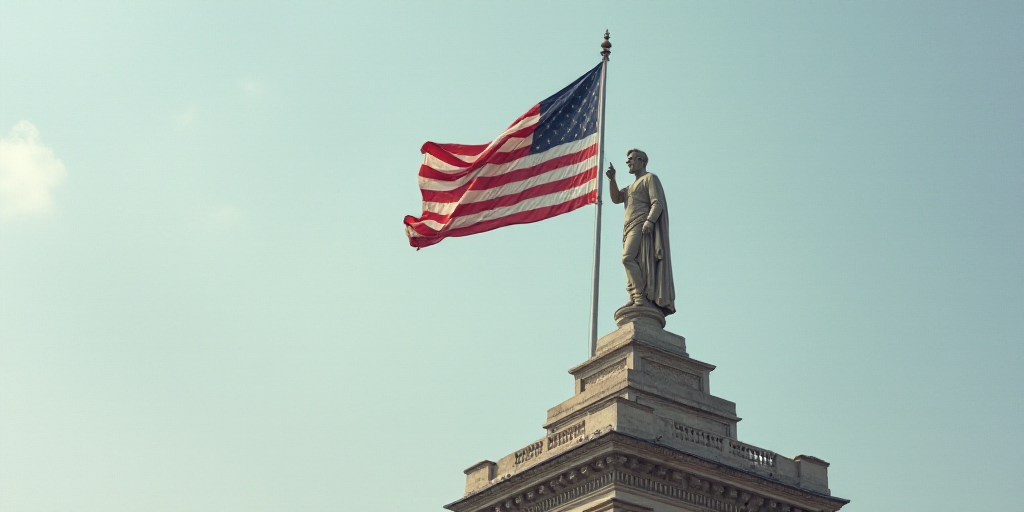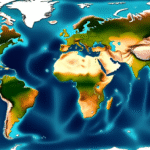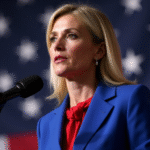Background on the Case and Key Players
The United States Supreme Court has given the green light for President Donald Trump’s administration to temporarily freeze over $4 billion in foreign aid approved by Congress. The conservative-majority court argued that safeguarding the president’s authority in matters of foreign policy outweighs any potential harm to aid recipients.
Who is President Donald Trump?
Donald John Trump is the 45th and current president of the United States, serving since January 2017. Known for his business background and reality TV fame, Trump has sought greater control over federal spending since taking office. His administration’s actions have included attempts to reduce the size of government and influence foreign aid distribution.
Why is USAID Relevant?
USAID, or the United States Agency for International Development, is the primary U.S. government agency responsible for administering foreign aid and delivering humanitarian assistance globally. With programs in health, emergency response, and development across approximately 120 countries, USAID plays a crucial role in shaping U.S. foreign policy and global humanitarian efforts.
Supreme Court Decision Details
The Supreme Court’s decision allows the Trump administration to temporarily halt the disbursement of $4 billion in foreign aid approved by Congress. The court clarified that this ruling does not represent a final judgment on the case’s merits but permits the temporary suspension of funds while lower courts review the matter.
The Vote and Dissenting Opinions
Three liberal justices voted against the decision, with Justice Elena Kagan emphasizing its significance to the balance of power between the executive and legislative branches. Kagan argued that the court’s rush to decide without proper analysis, oral arguments, or deliberation undermines the principle of separation of powers.
Implications and Reactions
The Supreme Court’s decision enables the executive branch to withhold $4 billion in foreign aid previously approved by Congress. This move directly affects aid recipients who will not receive the funds as initially intended. Critics, like Justice Kagan, argue that this decision weakens the system of checks and balances inherent in the U.S. government.
Key Questions and Answers
- What is the Supreme Court’s decision regarding foreign aid? The court authorized the Trump administration to temporarily freeze $4 billion in foreign aid approved by Congress, arguing that preserving the president’s authority in foreign policy matters outweighs potential harm to aid recipients.
- Who is President Donald Trump, and why is he relevant to this case? Donald Trump is the 45th U.S. president who has sought greater control over federal spending since taking office, including attempts to influence foreign aid distribution through agencies like USAID.
- What is USAID, and why is it significant? USAID is the primary U.S. government agency responsible for administering foreign aid and delivering humanitarian assistance globally. Its programs in health, emergency response, and development across approximately 120 countries make it a crucial player in shaping U.S. foreign policy and global humanitarian efforts.
- How did the Supreme Court justify its decision? The court argued that safeguarding the president’s authority in foreign policy matters outweighs any potential harm to aid recipients, allowing for the temporary suspension of funds while lower courts review the matter.
- What were the reactions from dissenting justices? Three liberal justices, including Elena Kagan, dissented from the decision. They emphasized its significance to the balance of power between the executive and legislative branches, arguing that the court’s rush to decide without proper analysis undermines the principle of separation of powers.






